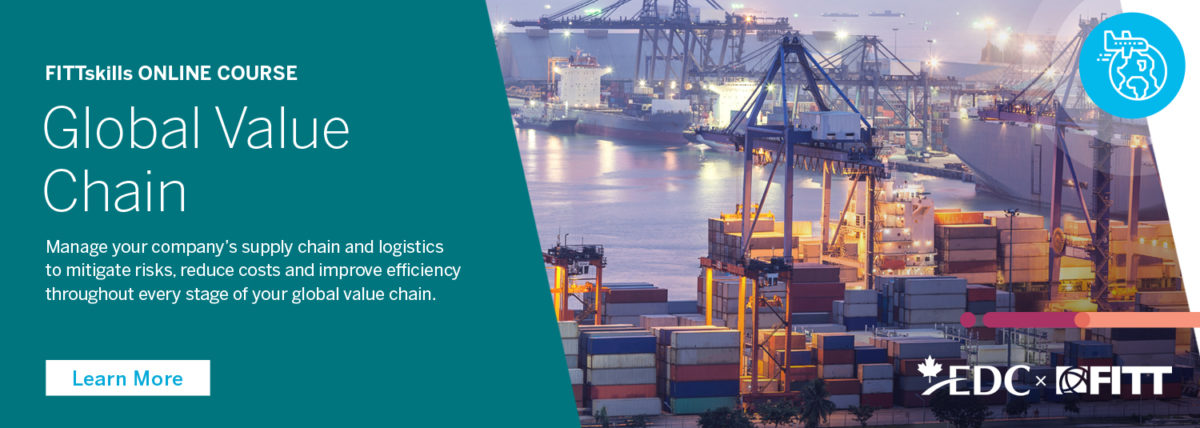Procurement encompasses numerous steps in a complicated process to source raw materials and inputs required for production and operations.
Sourcing, business communications, supplier selection, contract management and supplier relationship management are among the most important activities in the procurement process.
Procurement specialists at SMEs usually learn the main skills of the job by trial and error, which often leads to unnecessary costs to organizations. It is obvious that knowing and avoiding these types of mistakes will help small enterprises save money and increase profit.
Here are eight of the most common global procurement mistakes made by SMEs.
1: Relying on internet searches for supplier selection
Everyone can go online and find a directory of hundreds of suppliers. But these lists often include fradulent and/or unreliable companies.
Conducting an online search for suppliers is a primary and required step for sourcing, but it is not sufficient for a final decision.
Many companies have made this procurement error and been subject to phishing and fraud because they placed their trust in suppliers based on what they found online.
It is essential to do your due diligence and investigate the credit worthiness and reliability of any supplier via a variety of methods including ‘in-country’ technical visits, consulting with embassies, consulates and trade and investment offices, contacting international purchasing offices, etc.
These vetting methods can require considerable budgets, but companies can find budget-accessible tactics that work for them, and the amount paid for due diligence should be considered a worthwhile long-term investment in procurement systems.
2: Accepting hidden risks with samples
Requesting samples and making supplier decisions based on sample quality is a common course of action in procurement, but many companies make these common procurement mistakes with samples. Firstly, they do not have a clear process in place to ensure the sender is the actual manufacturer of the sample, and it is not another company’s product.
Some less-than-ethical suppliers may send samples to potential customers which were manufactured by a third party and claim them as their own product. Therefore, it is better to get a sample from the production line during a technical visit.
Secondly, samples may be touted as having been tested by technicians. Even if this testing seems reliable, it’s important to have the samples independently tested in a laboratory and attach the test results to the contract to ensure future products will maintain the same quality based on measurable criteria.
3: Accepting an extraordinarily low price
If it seems too good to be true, it probably is. Uncharacteristically low prices are the first sign of cheating in international procurement, and yet, many companies make this procurement mistake and become victims of this tactic used by below-board suppliers.
If the quoted price is unbelievably low, procurement specialists should understand that something is wrong.
Often the scam will see the suppliers receive a part of the payment before delivery – and then they disappear.
4: No plan for product modification
Some SMEs buy the same product for a long period of time without any improvement or modification. There is always room for product improvement, but the buyer’s feedback is essential. Many improvements can be made without requiring significant additional costs and investments.
Examples of possible modifications include: product redesign, modifying technical characteristics, changing packaging, omitting additional features, and finished cost reduction. Over time, failing to update and improve the product or input will undoubtedly reduce your market competitiveness.
5: No clear plan for quality control
When buying from a foreign supplier, it is crucial to evaluate the quality of the product at the right time and place by your own team or third-party inspection bodies.
The time and place of inspection can be during production, before delivery, at the main port or airport of shipment, or at the destination in your own premises.
The inspection test plan and detailed criteria and standard features of the product must be clear and attached to the contract.
6: Neglecting packaging details
Packaging is of high importance in any purchase, especially in foreign procurement. Packaging is essential for the shipping, protecting, and marketing of your products, but in many cases, SMEs do not negotiate and determine the details of packaging and assume that the supplier will take care of it.
Five aspects of packaging must be agreed upon between the supplier and buyer:
- Type of packaging
- Material
- Specifications
- Labeling
- Marking
Even though the supplier is responsible for packaging in all Incoterms rules, it is necessary to discuss and determine all the related details in the contract to avoid ambiguity.
7: Trusting verbal promises
A majority of the earliest stages of business communications happen through non-written negotiations. Talking in a face-to-face meeting, phone calls, and online sessions are common steps in the purchasing process. Although all these communications are important and details of the agreement often need to be worked out verbally first, one should never rely solely on these verbal agreements.
It’s crucial that you clearly document what has been agreed upon to avoid future misunderstandings.
One clearly written clause in a contract is better than a hundred pages of interpretation and explanation in the court.
8: Neglecting intellectual property rights in contracts
Different aspects of intellectual property are important, and should be discussed in detail in most purchasing, manufacturing, and long-term supply contracts. Most North American companies invest a lot of money in research and development, and after designing a product, due to cost efficiencies, they may decide to outsource the manufacturing process to suppliers in other countries.
This opens up the risk that the supplier will infringe or tamper with the intellectual property of the buyer and manufacture and sell the same product to other companies.
It is essential to define the intellectual property details and determine the consequences of breach and misconduct in this regard. Two important elements of intellectual property which are at risk are industrial design and trademark. It is recommended to register the trademark and industrial design in the country of the supplier and also protect them in the contract between the supplier and buyer.








disqus comments